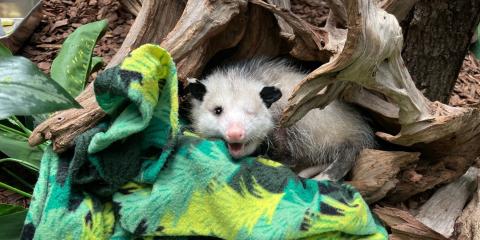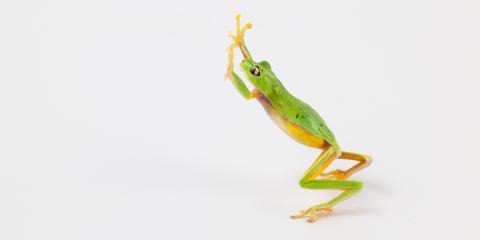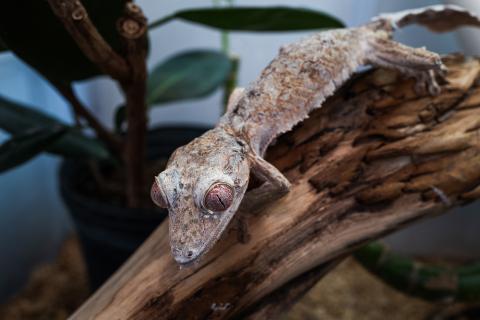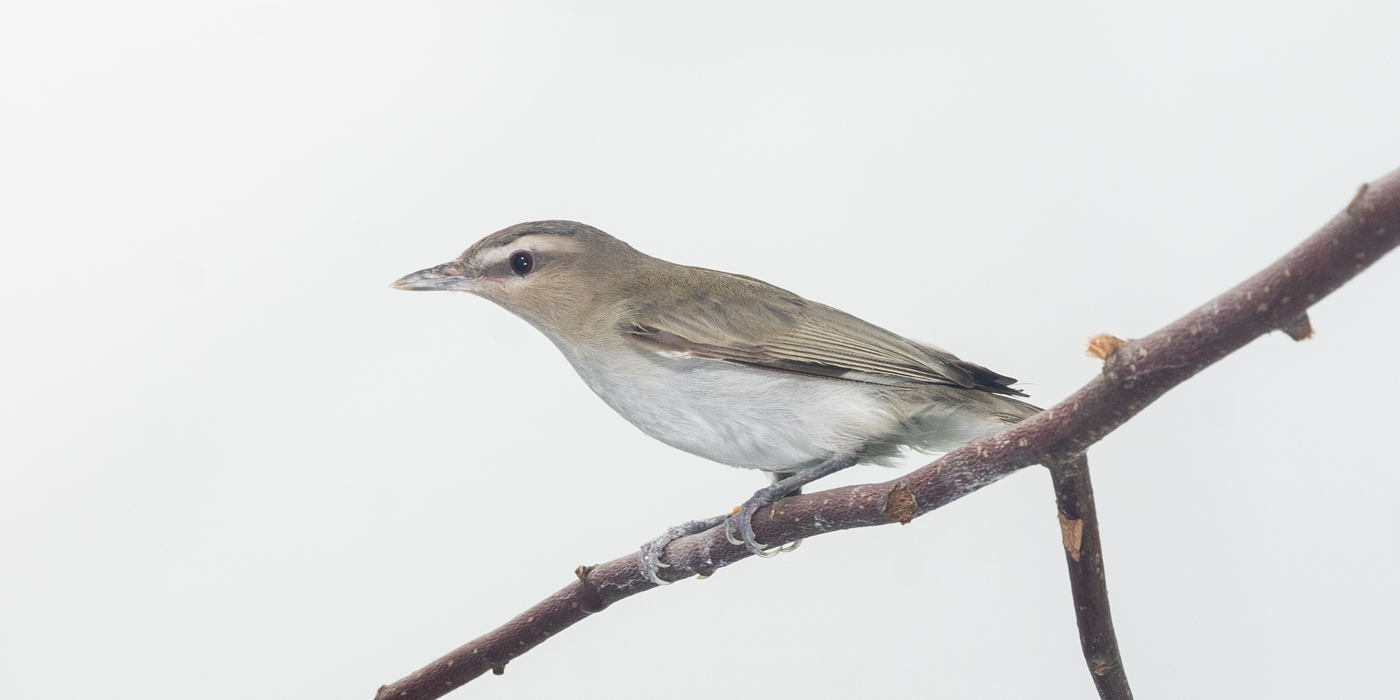Physical Description
Size
Native Habitat
Communication
Food/Eating Habits
Reproduction and Development
Males arrive at the breeding grounds about one week ahead of females, claiming their territory through song and driving away other males until a potential mate arrives. They sing for hours on end during this time.
After a nest site is chosen, females weave together a cup-shaped nest out of twigs, grasses, and other plant material, and it is placed between the fork of two tree branches. Females lay between three and five eggs, which hatch after about 11-14 days of incubation. After hatching, the chicks are fed by both parents until they are ready leave the nest.
Conservation Efforts
Their population is currently stable, although they are at risk for habitat degradation and loss in their winter range.
Like many species, their nests are occasionally parasitized by brown-headed cowbirds. In nest parasitism, the parasite species will lay eggs in the hosts' nests when the parents are absent. After hatching, the parents will feed and care for the cowbird babies as if they were their own, often at the expense of the hosts' babies.
Help this Species
- Be a smart consumer. Choose products made with sustainable ingredients, such as Smithsonian certified Bird Friendly coffees, which support farmers striving to limit their impact on wildlife and habitat.
- Practice ecotourism by being an advocate for the environment when you’re on vacation. During your travels, support, visit or volunteer with organizations that protect wildlife. Shop smart too! Avoid buying products made from animals, which could support poaching and the illegal wildlife trade.
- Be a responsible cat owner, and keep cats indoors or under restraint when outside. Never release animals that have been kept as pets into the wild.
- Conservation starts with you! Join a citizen science project, such as FrogWatch or Neighborhood Nestwatch, where you can help collect valuable data for scientists. Encourage your friends and family to get involved too.
- Plant native flowers in your garden to help feed resident and migrating pollinators. You'll make your lawn beautiful and help wildlife at the same time!
Animal News

Remembering Basil, Our Virginia Opossum

Happy Amphibian Week 2025


